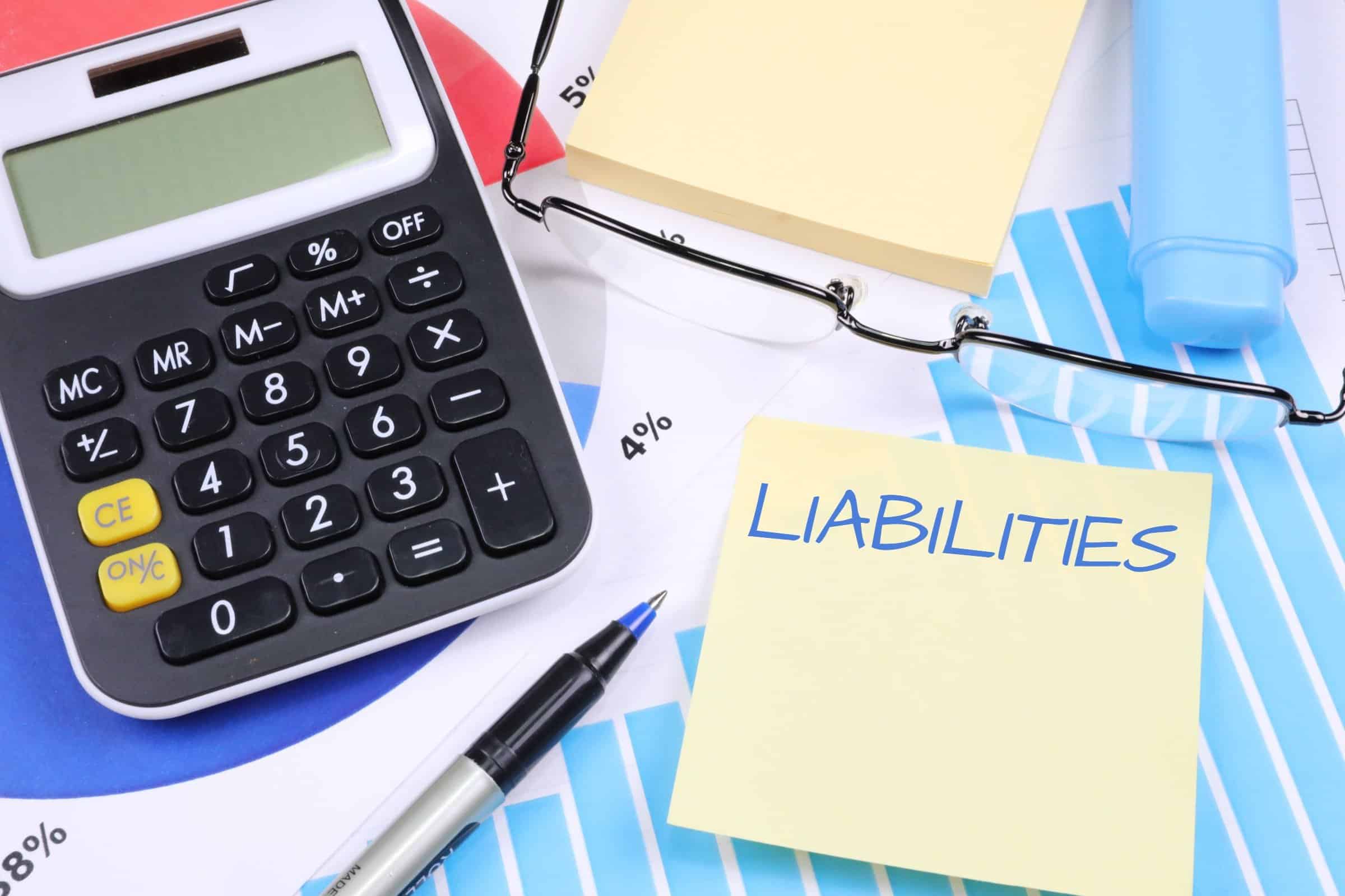Current liabilities are financial obligations of a business that are due within one year or within a normal operating cycle. Identifying, recording, and properly disclosing current liabilities is an important aspect of financial accounting in Canada. I will provide an overview of key principles and concepts related to current liabilities under Canadian generally accepted accounting principles (GAAP).
Types of Current Liabilities
There are several common types of current liabilities that businesses incur:
Accounts Payable
Accounts payable refers to amounts owed by a company to its suppliers and vendors for goods or services purchased on credit. This is typically one of the largest current liability accounts. Accounts payable is considered a known current liability, as the amounts owed and payment due dates are determinable.
Accrued Liabilities
Accrued liabilities represent expenses that have been incurred but not yet paid as of the balance sheet date. Common examples include accrued wages, accrued interest, and accrued taxes. Accrued liabilities are also considered known current liabilities.
Unearned Revenue
Unearned revenue, also called deferred revenue, refers to amounts collected in advance for products or services that have not yet been delivered or performed. This creates an obligation to provide the good or service in the future.
Notes Payable
Notes payable are written promissory notes with terms of repayment of less than one year. This includes short-term bank loans and lines of credit.
Current Portion of Long-Term Debt
The current portion of long-term debt refers to the portion of any long-term borrowing that is due within the next 12 months. This must be classified as a current liability.
Examples of Current Liabilities
Some common examples of accounts and transactions that would be classified as current liabilities include:
- Accounts payable owed to suppliers and vendors
- Short-term notes payable to a bank
- Accrued expenses like wages, taxes, and interest
- Income taxes owed
- Current portion of long-term debt
- Unearned revenues or deferred revenues
- Dividends declared but unpaid
- Sales taxes owed
- Credit card balances
Accounting Principles for Current Liabilities
Under Canadian GAAP, there are several key principles that guide the accounting treatment and disclosure of current liabilities:
Classification
Current liabilities must be properly distinguished from long-term liabilities on the balance sheet. This helps provide useful information to financial statement users regarding liquidity and solvency.
Measurement
Most current liabilities are measured at net realizable value, which is the amount of cash or cash equivalents expected to be paid to liquidate the liability.
Disclosure
The notes to the financial statements should provide relevant details about current liabilities, including a breakdown of major types, terms, interest rates, collateral, and other pertinent information.
Recognition
A current liability is recognized on the balance sheet when it represents a present obligation caused by a past transaction, and settlement is probable to result in an outflow of resources.
By properly identifying, measuring, and disclosing current liabilities according to these principles, a company can provide accurate and decision-useful financial reporting to stakeholders.
Conclusion
In summary, current liabilities represent short-term financial obligations due within one year that are an important component of financial reporting. Common types of current liabilities include accounts payable, accrued expenses, unearned revenue, and notes payable. When recording current liabilities under Canadian GAAP, key principles related to classification, measurement, disclosure, and revenue recognition must be followed to ensure accurate and relevant accounting treatment. Properly identifying and managing current liabilities is vital for effective business financial management and communicating performance to stakeholders.

